
Developers: Code Heretic
Publishers: CodeHeretic, Black Tower Entertainment
Platform: PC, PS4. Xbox One, Nintendo Switch
Tested On: PC (Steam)
Against The Moon – Review
Deckbuilder roguelikes have been rising in popularity for a while and lots of great games such as Monster Train or Slay The Spire have come out of the genre. This has lead to an increase in developers trying their hand at making them, leading to games such as Against The Moon.
Story
Against the Moon’s story is an apocalyptic one, revolving around the last remaining stronghold of humanity, the city of Arx, and its defenders. After the Moon became corrupted by a mysterious force, onslaughts of monsters started walking the Earth, driving humanity to near extinction.
Luckily for the inhabitants of the city, they are under the protection of the Arx Sarcophagus, the physical form of the city, and the Ultori, a group of empowered humans. These Ultori are each paragons on their own, but together form a team able to defeat any foe.
This is the overall plot for the game, little more than a setting and explanation for what is going on, but there are also two other stories. These two stories reveal some more information about the Ultori and their past, although it is not a huge amount. As expected from a roguelike, any amount of story is little more than fluff to accompany the gameplay.
Although it may seem at first like everything is well-written, it is obvious soon enough there are a lot of translation errors and typos. These can be found anywhere, from the menus to the story itself, with certain sentences being left disconnected from everything else, making dialogues awkward.
Graphics
The game’s graphics are quite alright although nothing special. Only the illustrations during cutscenes shine. Everything else has a cartoony 2D style that in a way subtracts from the general vibe of hopelessness the game attempts to go for. Besides this, enemies and summons are varied, although they become repetitive quite quickly; there simply aren’t enough of them to keep it fresh for long.
Sound
Against the Moon’s sound falls into the same level of quality as the graphics – it’s just okay. The soundtrack is comprised of nine songs following in the clichéd action-music style, little more than background tunes to accompany combat. The game also includes voice acting during cutscenes, which is a quite welcome compensation for the sluggish fixed text speed.
Gameplay
Despite being a deckbuilding roguelite, a genre which has been quite explored already, Against the Moon attempts to innovate. Even though its runs are structured in the usual way and its run’s objective is little more than beating enemies for the sake of it, its combat is quite unique. All of the battles occur through a grid-based creature spawning system, alongside the unique abilities of the Ultori.
Each of the four Ultori has a unique ability that can be used when the energy bar reaches a certain level. This energy fills at a rate of one slot per turn and is shared by all Ultori. The abilities themselves range from spawning creatures at no cost to discarding the player’s hand, allowing tailoring their use depending on the playstyle. The rest of the mechanics are nothing new; everything works quite similarly to other games of the genre. Players have a set amount of Luma used to play cards, which can be either minions (creatures of their own) or spells.
All creatures, minions and enemies, have a set amount of health and damage, with some also having especial abilities. These abilities can occur each turn or whenever a certain event triggers, activating varied effects. Different from most of its genre’s colleagues, Against the Moon makes the creature’s health static through turns, meaning it doesn’t regenerate naturally. This adds a level of management to be taken into account, since minions with low health still occupy a space which would be otherwise usable while providing less defense.
Spells on the other hand do work like in any other deckbuilder, they are all single-use effects that can range from debuffs to damage, with a few special ones generating Luma or energy. Their generally low cost means they can also be used in combos, which the game often encourages.
There also is another mechanic worth mentioning, this being card mutation. By obtaining Metacubes as a reward for clearing levels, the player can make their cards evolve into two different types, often locked behind progression. These types make cards specialize into a more offensive or defensive style, depending on preference.
Something the game also includes is evolution for the Ultori, who can be improved once per area, unlocking new abilities. These abilities apply as long as they stay alive, giving bonuses to played creatures or the Ultori themselves. As one may guess at this point this, again, allows players to choose based on their own playstyle.
All that said, Against The Moon is a very static game. There is not enough variation between runs besides what cards may be obtained. Evolution both for Ultori and cards is fixed, meaning their effects won’t change in the least, doing the game no favors when combined with the little enemy variation. There are also no other game modes than standard roguelike runs and two story campaigns, lacking anything new for players after a few hours.
Conclusion
Against the Moon is nothing particularly new or special, there are better games out there. With some work, it could become a decent game, but at the moment it isn’t particularly worth its price. The lack of game modes doesn’t really do it any favors either, after playing the two story campaigns only the pure roguelike runs are left, which more often than not are almost identical.
Against The Moon - Review,
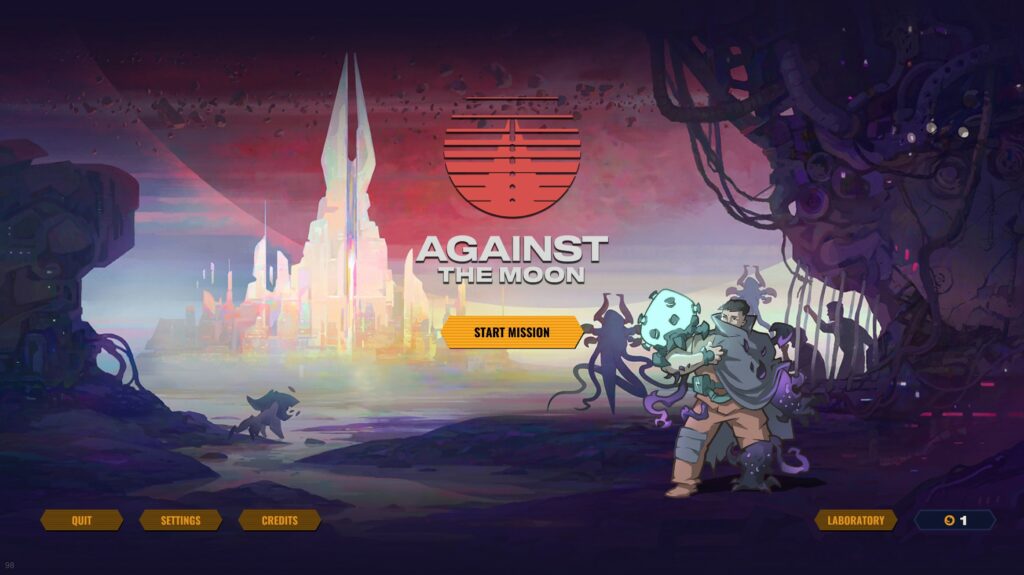
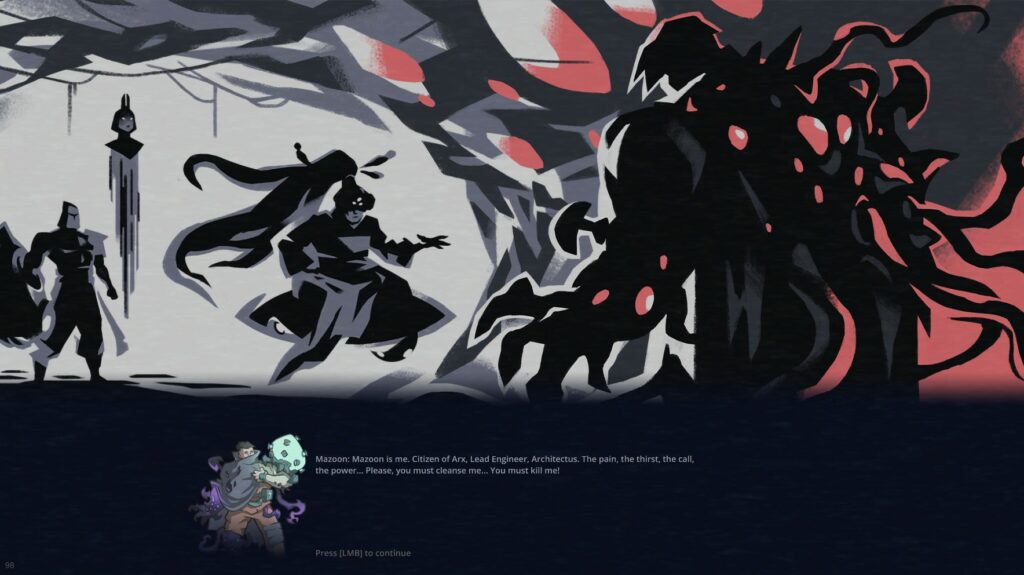
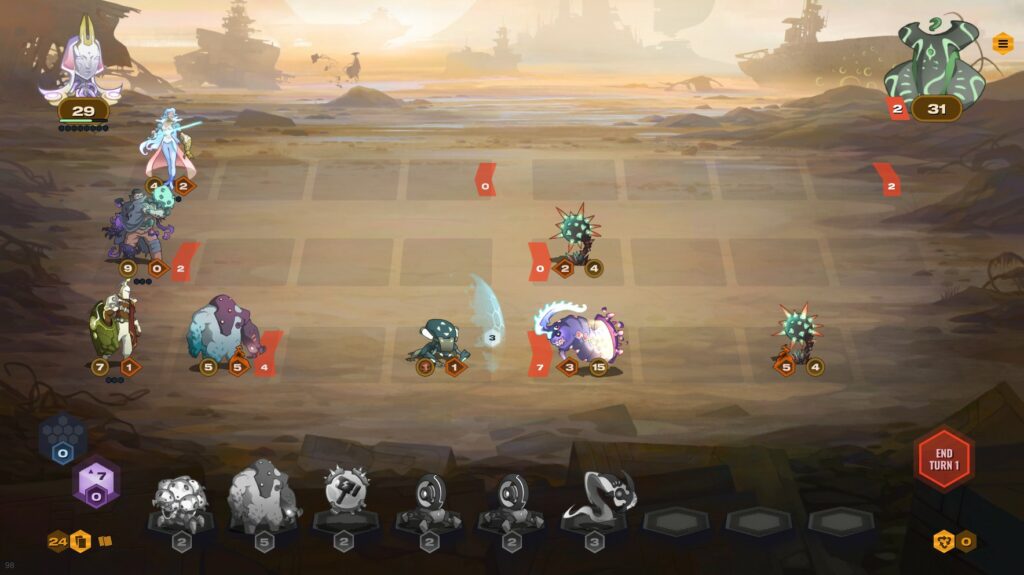
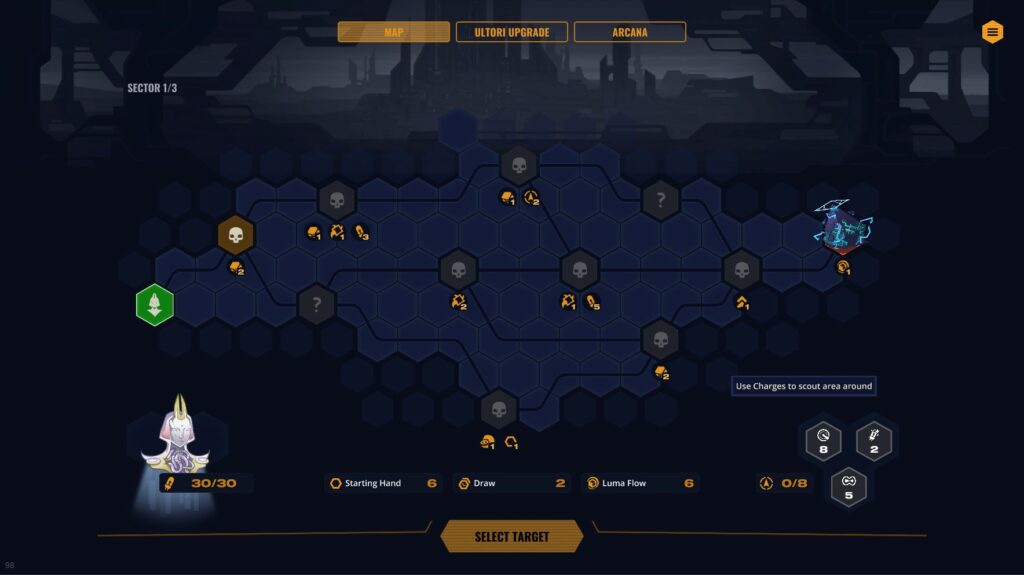
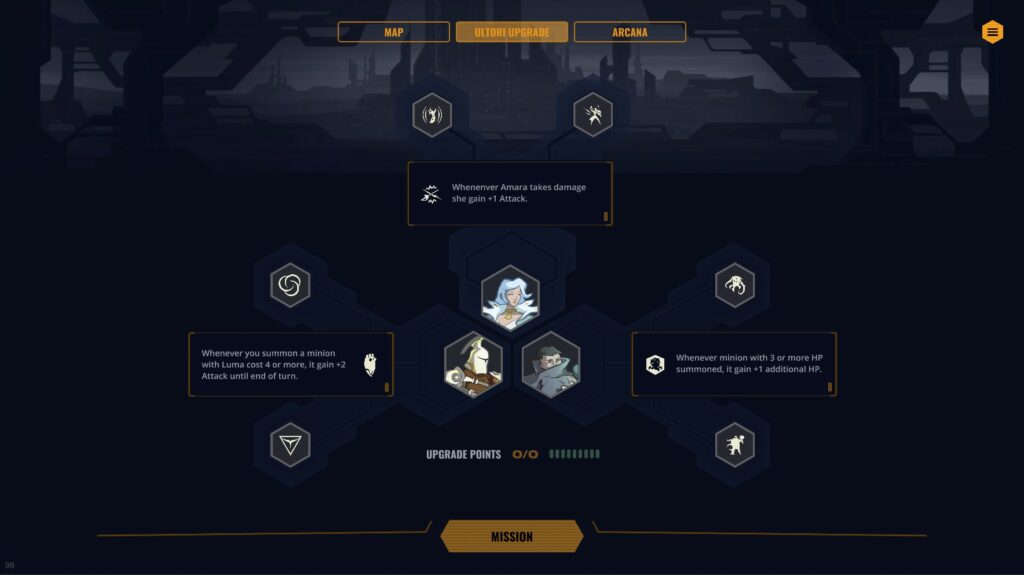
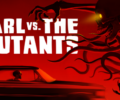
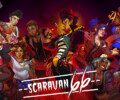
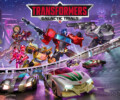

No Comments